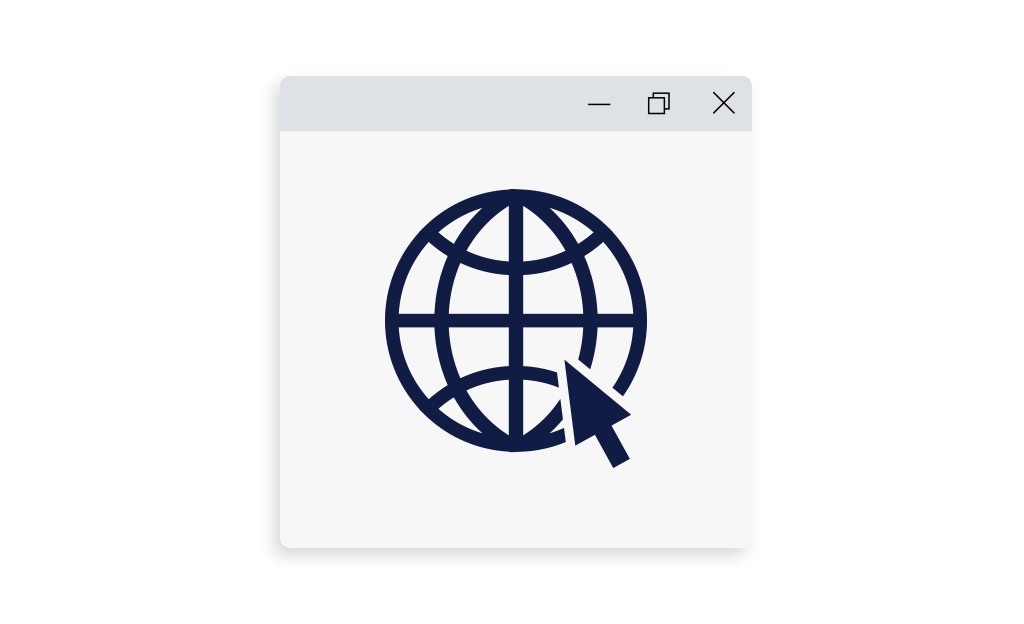Inquire
How to Make a Web Browser?

Long story short: how to create a browser?
In a nutshell, there’s a multi-step process of browser creation. From picking framework to distribution. Usually, the starting point is the engine that will power the browser: Gecko, Webkit, or Blink, all of them are responsible for parsing the code, creating a document object model (DOM) structure, calculating the layout and visual styles, and painting the final output onto the screen. Basically, it’s a conductor of the browser orchestra, ensuring it will be played as needed.
Then goes a more detailed work on a user interface (UI). Like design and layout, because navigation buttons aren’t pinned there of their own will. It surely involves mapping and programming, the best examples of which can be provided by the well-known HTML, CSS, and JavaScript. If we continue our musical association it’ll be the creation of structure, the process of composing the piece that the orchestra will perform: melody and harmony balance. But the browsing experience can’t be full without such core features like page refreshment, navigation, or bookmarks, though tabs are living through an era of reinvention. Then go SSL/TLS encryption and other privacy tools and performance optimization. And never consider it just a formality, tests and debugging are as crucial as repetitions, you always need to make sure everything works just right for the best performance at any given platform and device. It is as crucial for overall experience as for your security — oh those vulnerabilities.
How to make a browser fail? Leave it as created. Finally, let it live. If commercial ambitions or other intentions like improvement based on feedback push you to share it with the world, that step includes deployment and distribution. Wrap it and go. I mean pack it for each targeted platform, create a download portal, better be on an official site with all the information provided and voila, engage with the user community. Promote and prosper.
Framework and Tools: create your own browser
But we’re gathered there for more personal interest so that it’ll be. Sure, for creating your own browser you will need at least just a little bit of programming knowledge because no tool will get you there without code. What you can’t start without are frameworks and engines. But web browser frameworks became very accessible and easy to go. How to create a web browser of your dream? First step — choose the right platform. The most popular and well-known are Chromium, Electron, and Gecko. And if you consider making your own browser — your choice will highly likely fall on one of them. Let’s look at each one a little bit deeper, so we can provide a glimpse of understanding of creating fundament, a starting point after which we theoretically can’t guide you so much really.

- Managerial Effectiveness!
- Future and Predictions
- Motivatinal / Inspiring
- Other
- Entrepreneurship
- Mentoring & Guidance
- Marketing
- Networking
- HR & Recruiting
- Literature
- Shopping
- Career Management & Advancement


 SkillClick
SkillClick